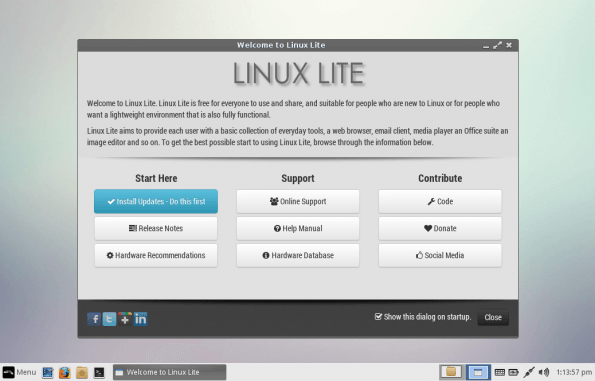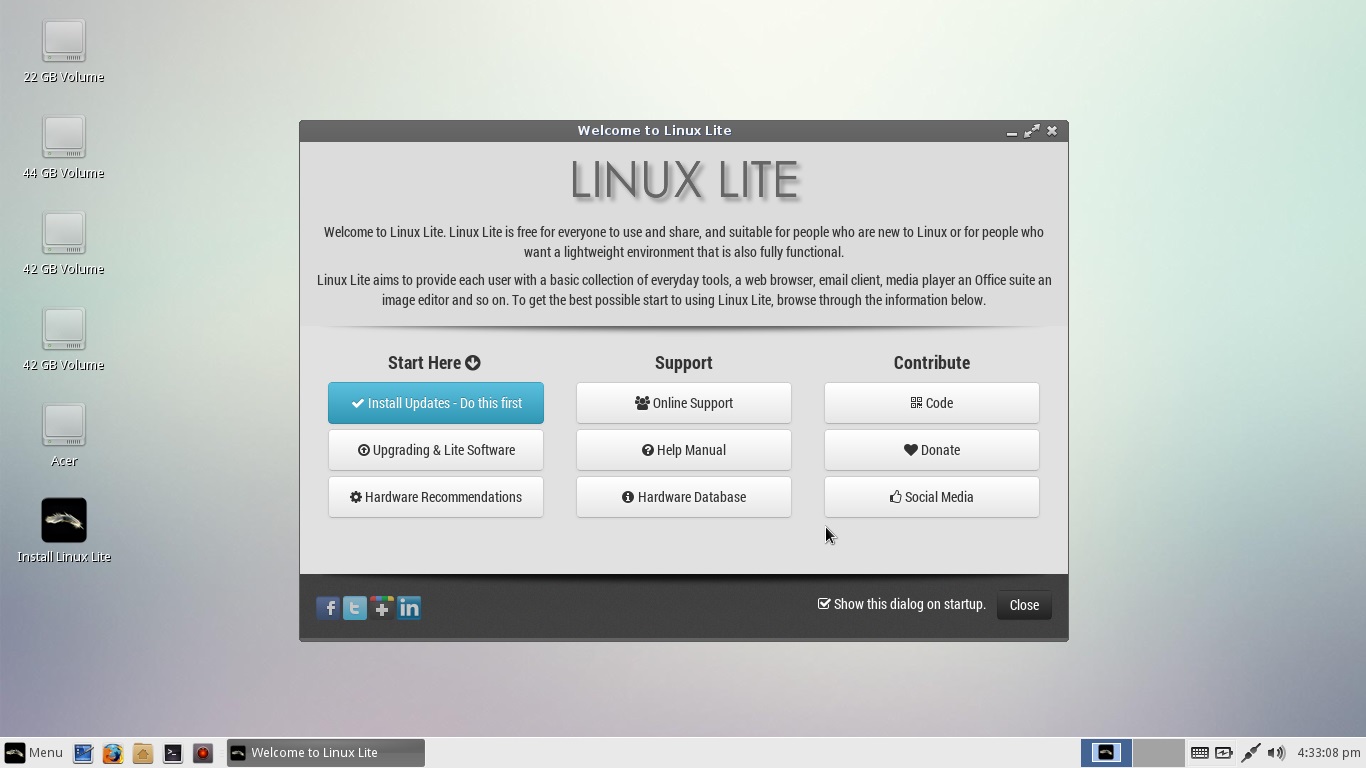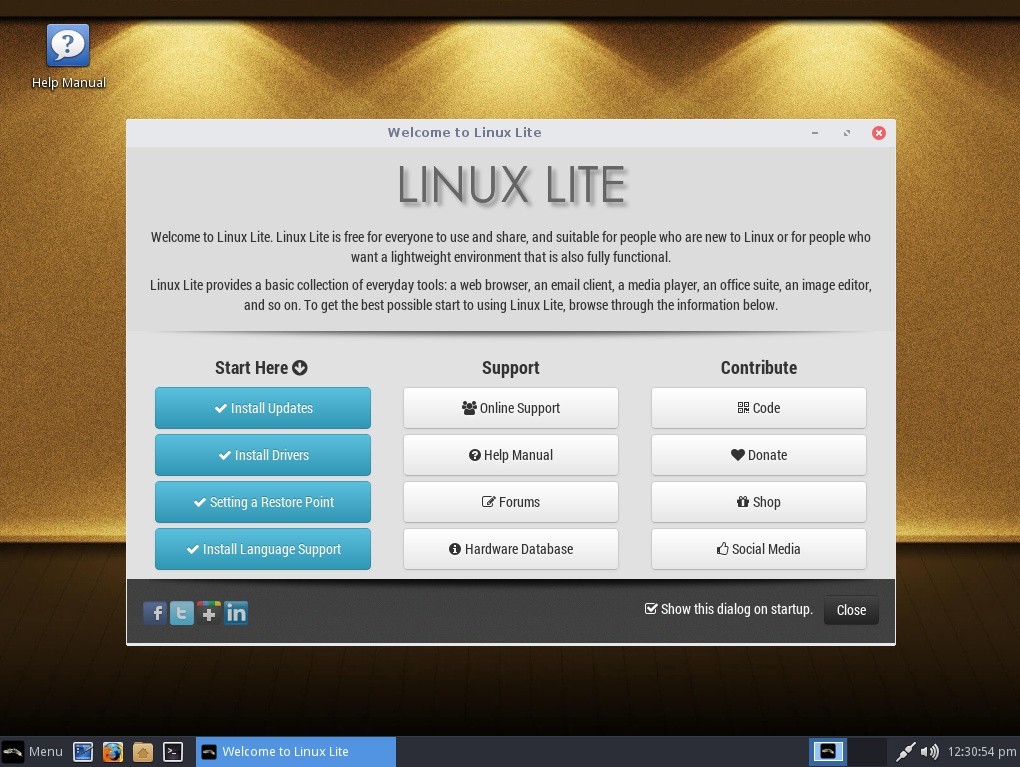

- How does linux lite use less cpu how to#
- How does linux lite use less cpu Pc#
- How does linux lite use less cpu windows#
You will see a Windows boot disk menu, choose to “start without cd rom support”. Check BIOS to make sure its detected and that you are booting from your CD drive first, Insert the Windows EBD save changes and let the computer boot from the EBD.

To keep my self from borking my computers main drive I went ahead and unplugged it from the SATA port. Turn off your Host PC, plug in a spare IDE hard disk set as slave. IDE to 3.5 IDE pin adapter, they are cheap and handy I suggest you have one, just make sure you plug it in correctly you can kill your drive (as in magic smoke kill).
How does linux lite use less cpu how to#
It also needs an Internet connection and some form of Linux installed or booted (I use mint)ĬD ROM or USB stick you can boot from with a windows 98 emergency boot disk (EBD from here on), or since MS DOS does not know how to access USB or SATA CD ROM’s, I used a old IDE drive with a 100Mb FAT16 partition on it. I used my dual core AMD A2X2 with a nvidia chip-set so its pretty safe to say most PC’s will.
How does linux lite use less cpu Pc#
X86 compatible Host PC with an IDE/ATA port, and a standard BIOS capable of booting into DOS. Use whatever you like but its going to have to be pretty old or require a ton of work, which at that point you might be better off doing it from scratch. In the end I used Debian 1.3.1, which is a mid 1990’s Linux, and that’s really the point. So I just simply stepped back in time a bit further to find something a bit more appropriate. You could spend a lot of time trimming and optimizing to get it running great, but I am facing a brutal truth here, and that is the best I could run is still over a decade out of date and its going to require a lot of work. The problem is it took over an hour to boot with a year 2000 generic kernel and when it finally did it refused to move past the package installer. Originally version 2.2 as it was the newest version that machine could run, and yes in fact it did. Well of course I am not a super Linux guru, and can really only futz around without running off to a forum or a book, so I went with Debian. NetBSD says it should work on all 386’s but I never made it that far. Slackware stopped around the same time in release 9.įreeBSD states that it requires a 386DX, but then says most 386 laptops are ok via math emulation, but in a more current readme it states that you need a 486 (confused?) I looked at some of my favorites, Debian, Slackware, FreeBSD, and NetBSD (which I know are not Linux but hey.) Here is what I found out:ĭebian stopped support with 3 so anything earlier is ok. Everyone still has a distribution called i386, but support for the 386 was dropped a while ago. Next we need a distribution that will actually work with a 386 CPU. It also needs an IDE disk up to 2G, sorry MFM drives. If you can swing it, a 386DX CPU or a 386S(X/L) with a 387 math co-processor is recommended, no it doesn’t really matter if its an Intel, AMD, etc. It also has 256K video memory and 640×480 color VGA display.

It is a DEC PC325SL, which translates out to intel386SL (which is a 386SX CPU in a highly integrated package where much of the support hardware is also inside the chip) running at 25Mhz with 4MB of ram and 120MB of hard disk space. Join me after the break for the parts and steps needed to get you started.įirst we need a target machine, here is mine. Linux on a 386 in about an hour? Madness you might think, it probably takes Linux longer to boot on a 386 (and in some cases you are correct)! Want to know the trick? Simple, cheat! Have a 486? Pentium? Faster? Never fear I will be covering that in a part II later this week. This tutorial will be strictly for installing a basic bare bones Linux on a 386. All of the modern distributions I have looked at require at least a 486 CPU. Unfortunately a 386 requires some special moves as the actual chip was dropped from almost all distributions long ago. While it wont be able to do much, it will give you a basic system to kick around and “get to know” the insides of Linux without a million things installed and the worry of breaking it. Okay, why a Intel 386? Well number one I own a 386, but more importantly its the absolute bottom Intel CPU you can run Linux on. The “cheap” and “easy” way in about an hour! A question that pop’s up from time to time is “I somehow ended up with an archaic old laptop / computer, can it run Linux?” Well of course it can, but that totally depends! On what? Well machine CPU, CPU speed, hard disk space, RAM and most importantly what you are expecting it to do.


 0 kommentar(er)
0 kommentar(er)
